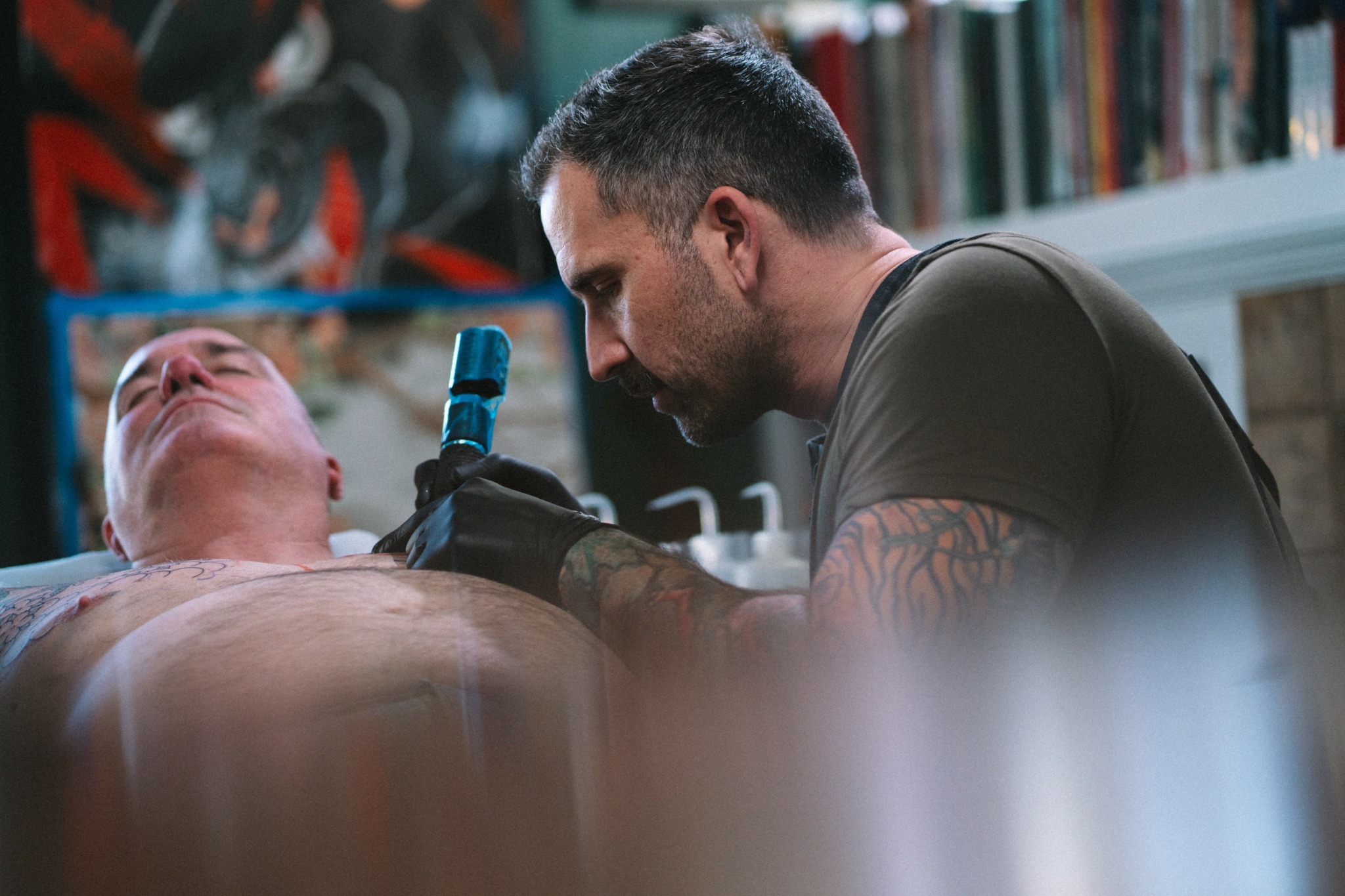We recently connected with Bryan Kachel and have shared our conversation below.
Bryan, looking forward to hearing all of your stories today. Can you tell us about a time that your work has been misunderstood? Why do you think it happened and did any interesting insights emerge from the experience?
I started my tattoo apprenticeship in Seattle in 2002, a time when tattoos carried a very different cultural perception. There were understandable concerns—like the idea that having visible tattoos could make it harder to get a job—but also a lot of misplaced stigma, often rooted in a sense of moral superiority.
As tattooing became more visible through TV shows in the early 2000s, it helped shift the narrative. People started to see tattoos not as marks of future regret, but as deeply personal expressions of identity. They began to understand that getting a meaningful tattoo—whether designing it, tattooing it, or wearing it—takes immense time, effort, and dedication.
I’m glad to see the perception of tattoos evolving. More people now appreciate the artistry and craftsmanship behind them, rather than judging them through outdated stereotypes.
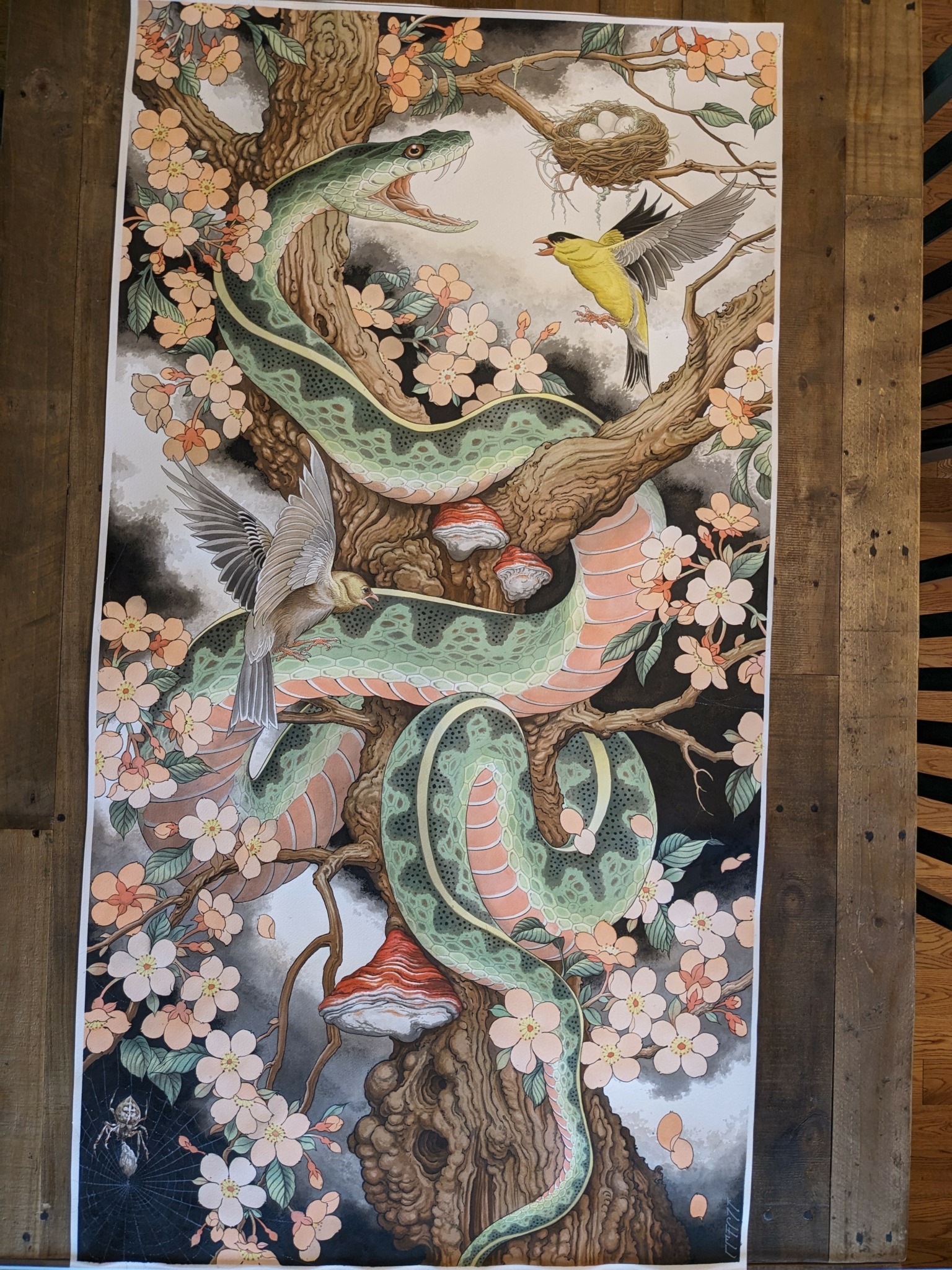
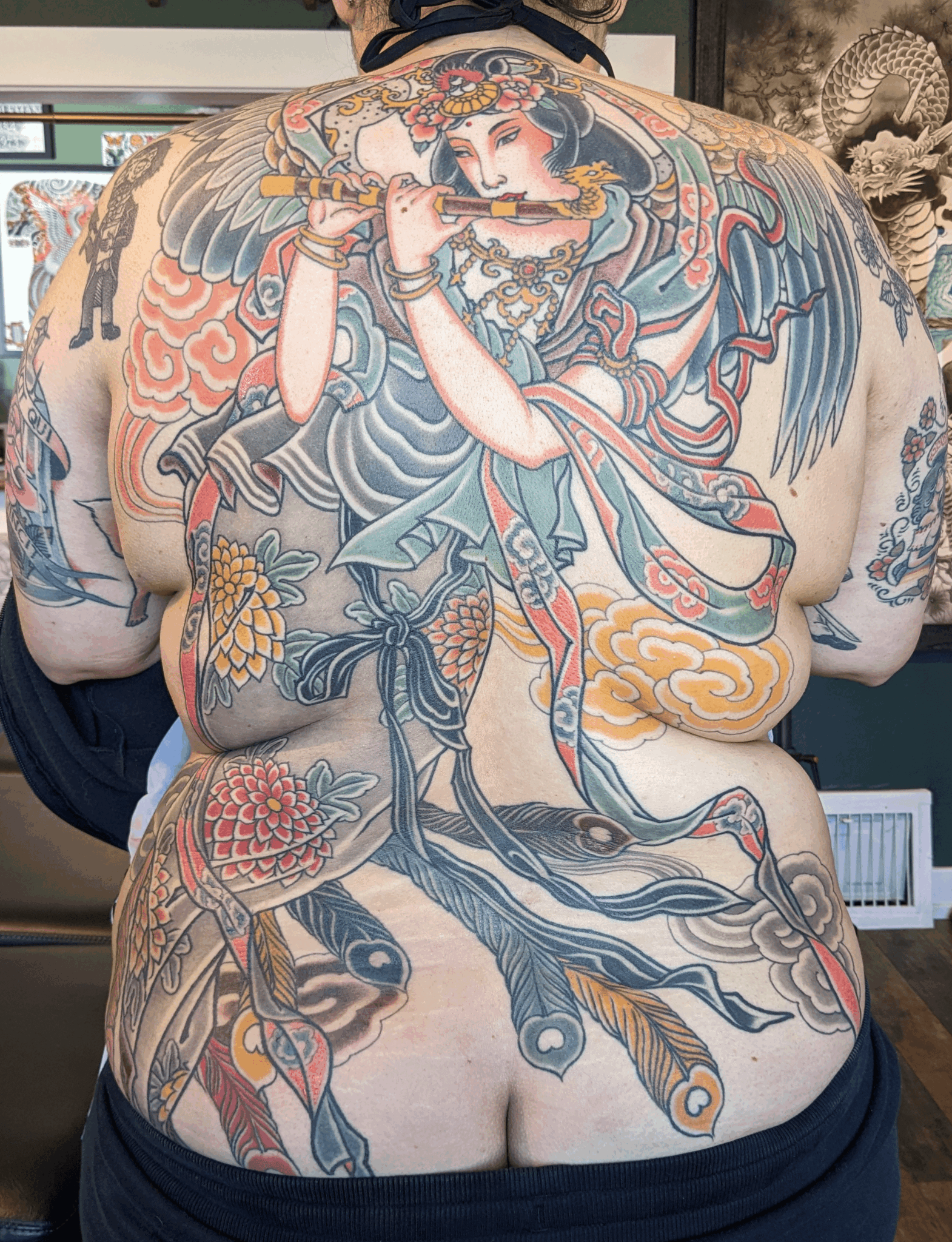
As always, we appreciate you sharing your insights and we’ve got a few more questions for you, but before we get to all of that can you take a minute to introduce yourself and give our readers some of your back background and context?
After 20 years of tattooing, I now own Moonlight Tattoo with my amazing wife. I’m incredibly fortunate to have built a loyal clientele, most of whom still find me through word of mouth. Their reasons for seeking tattoos are as unique as they are, but my priority is always the same: honoring their trust.
I want the art to reflect their vision, hold the meaning they intended, and complement both their current and future body. It should be ethically sound—designed to last, adaptable for additions, and able to stand on its own. Whether the design needs to flow organically or maintain a rigid structure to convey its meaning, I ensure it’s done with thoughtfulness and technical integrity. Just as important as the tattoo itself is the experience of getting it. I strive to make the process as relaxed and positive as possible, so the memory of receiving it is just as meaningful as the piece itself.
If a design carries cultural or symbolic significance, I take care to ensure the meaning and placement are correct. In some cases, even the order in which elements are tattooed can add to a piece’s significance. I believe many people hesitate to get a tattoo because they fear making the wrong decision—choosing the wrong artist, picking the wrong placement, or not knowing the “right” way to go about it. While there are certainly artists who take advantage of tattooing’s growing popularity without upholding the craft’s integrity, they’re easy to avoid with the right approach.
The best way to find the right artist is to truly look at their work. Whether in person or online, pay attention to the designs they choose to share—their composition, placement, tones, and level of detail. If their style resonates with you, meet with them and hear their perspective on your ideas. That doesn’t mean you have to follow everything they suggest, but if you’re transparent about what you want, consider how the piece will fit your body as a whole, and genuinely like their work and personality, you’re on the right path to getting a tattoo you’ll cherish for life.
Every day, I feel lucky to work alongside the incredible artists at Moonlight Tattoo. They constantly remind me how special this craft is—the trust built between artist and client, the connections formed, and the joy of creating something meaningful together.
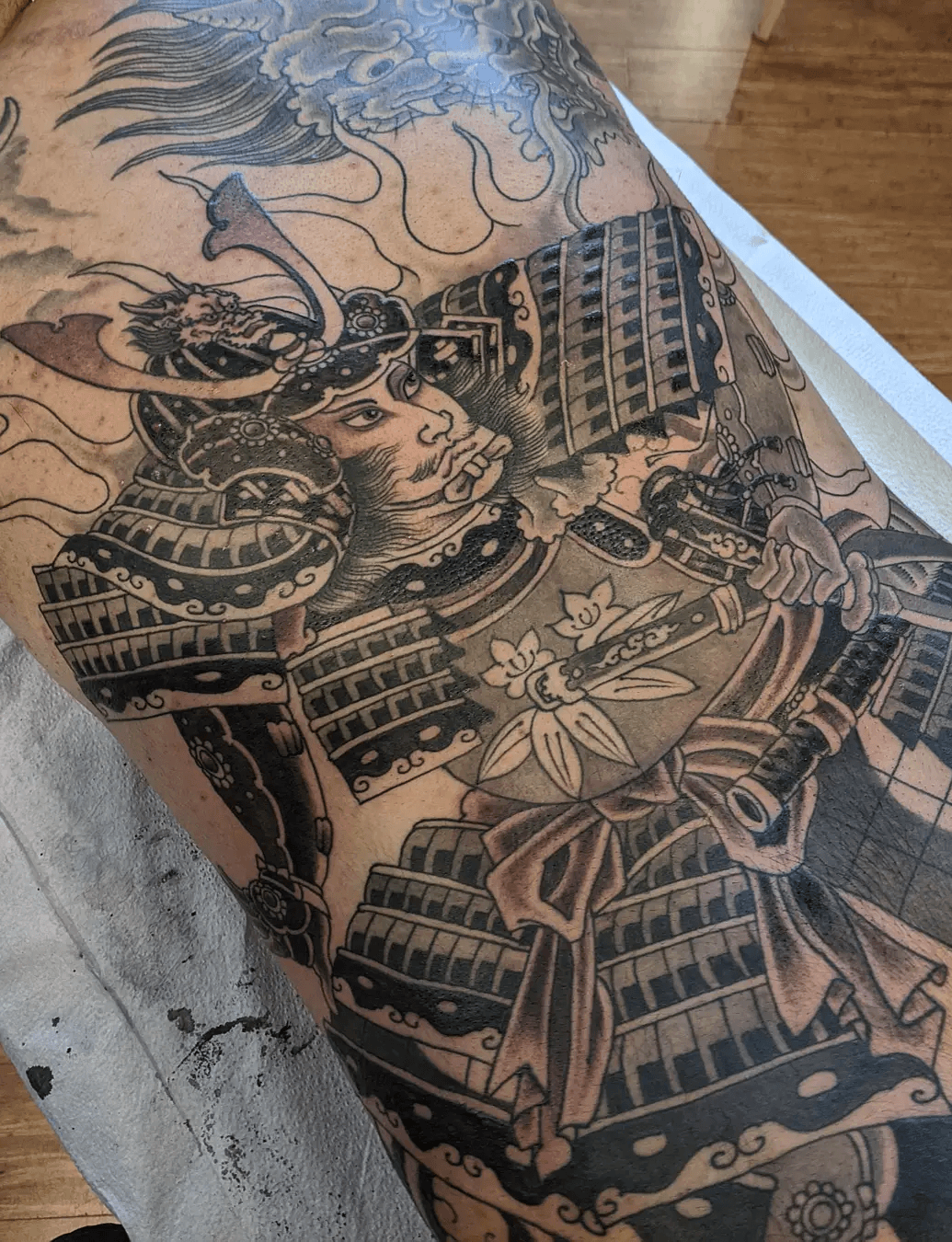
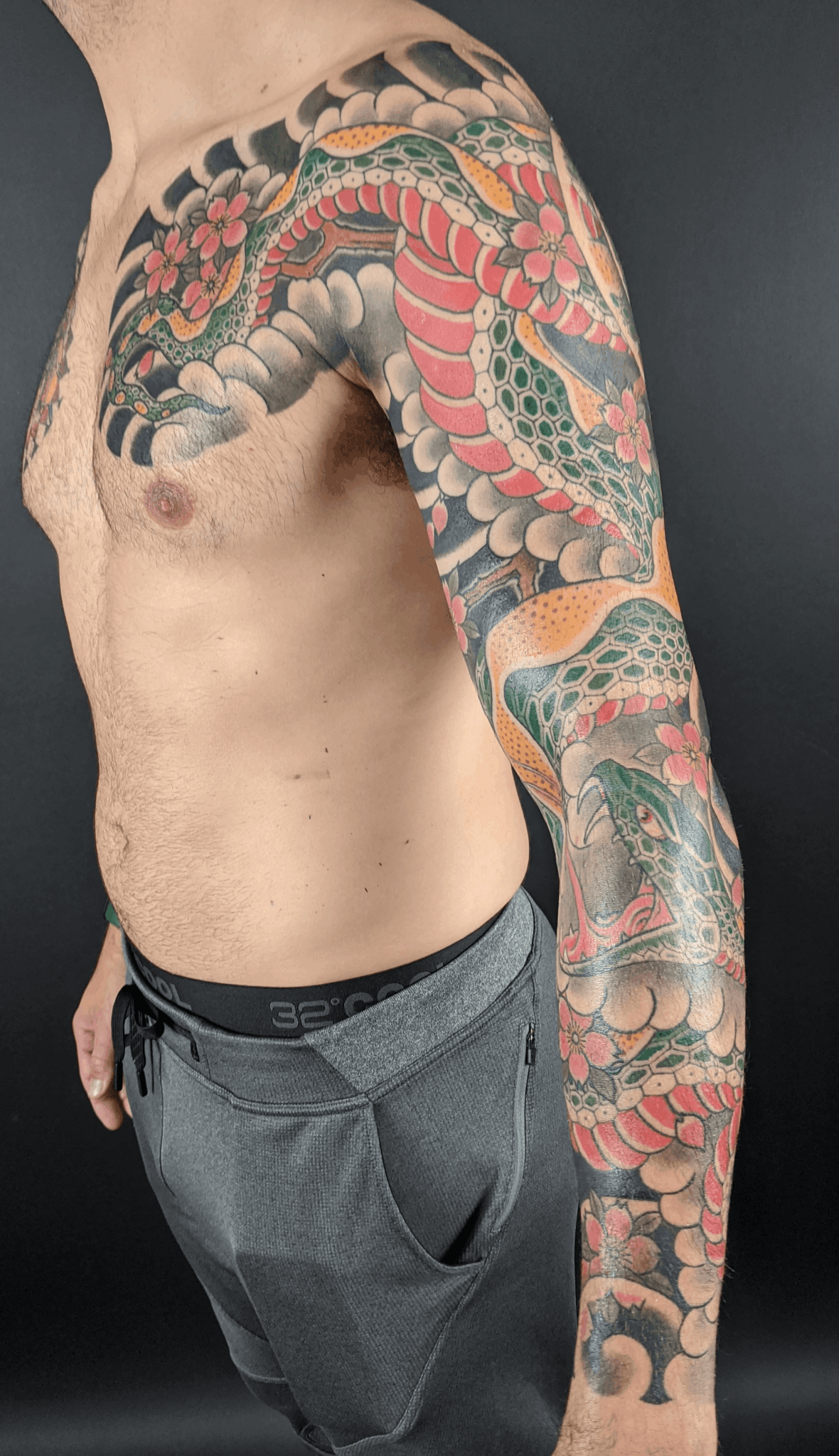
Is there a particular goal or mission driving your creative journey?
Self-improvement, to me, is an ongoing journey—one of constantly striving to be the best version of myself. I picture it like climbing a mountain, moving through different seasons, day and night. The path isn’t always clear, and sometimes you reach a breathtaking view where you can see how far you’ve come. But you must turn around and see, there’s always more to climb.
My goal is simple: to keep improving. One of my heroes, Katsushika Hokusai, dedicated his life to growth, always pushing his art further. I hope to do the same—never competing with anyone but myself in painting, drawing, and the craft of tattooing.
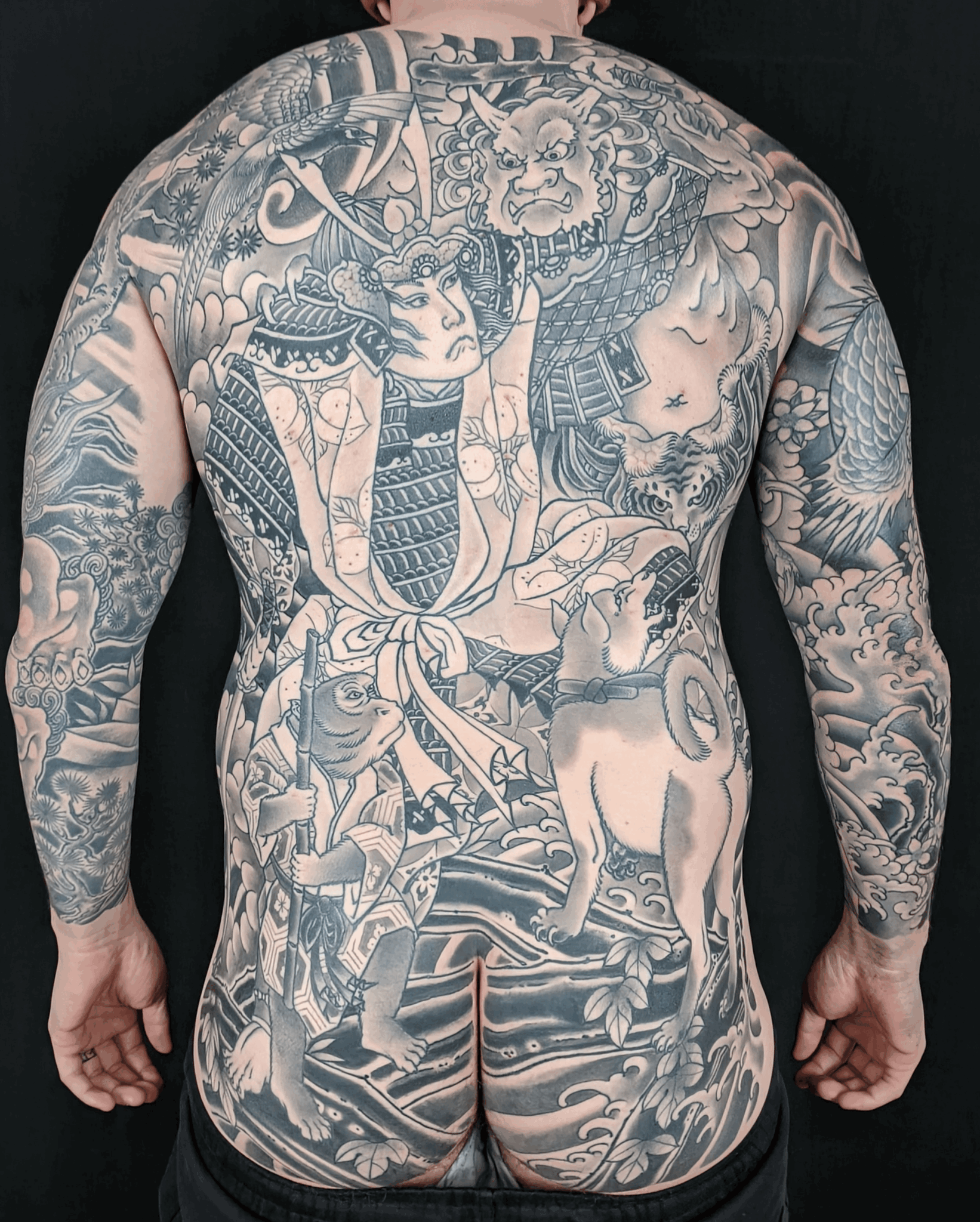
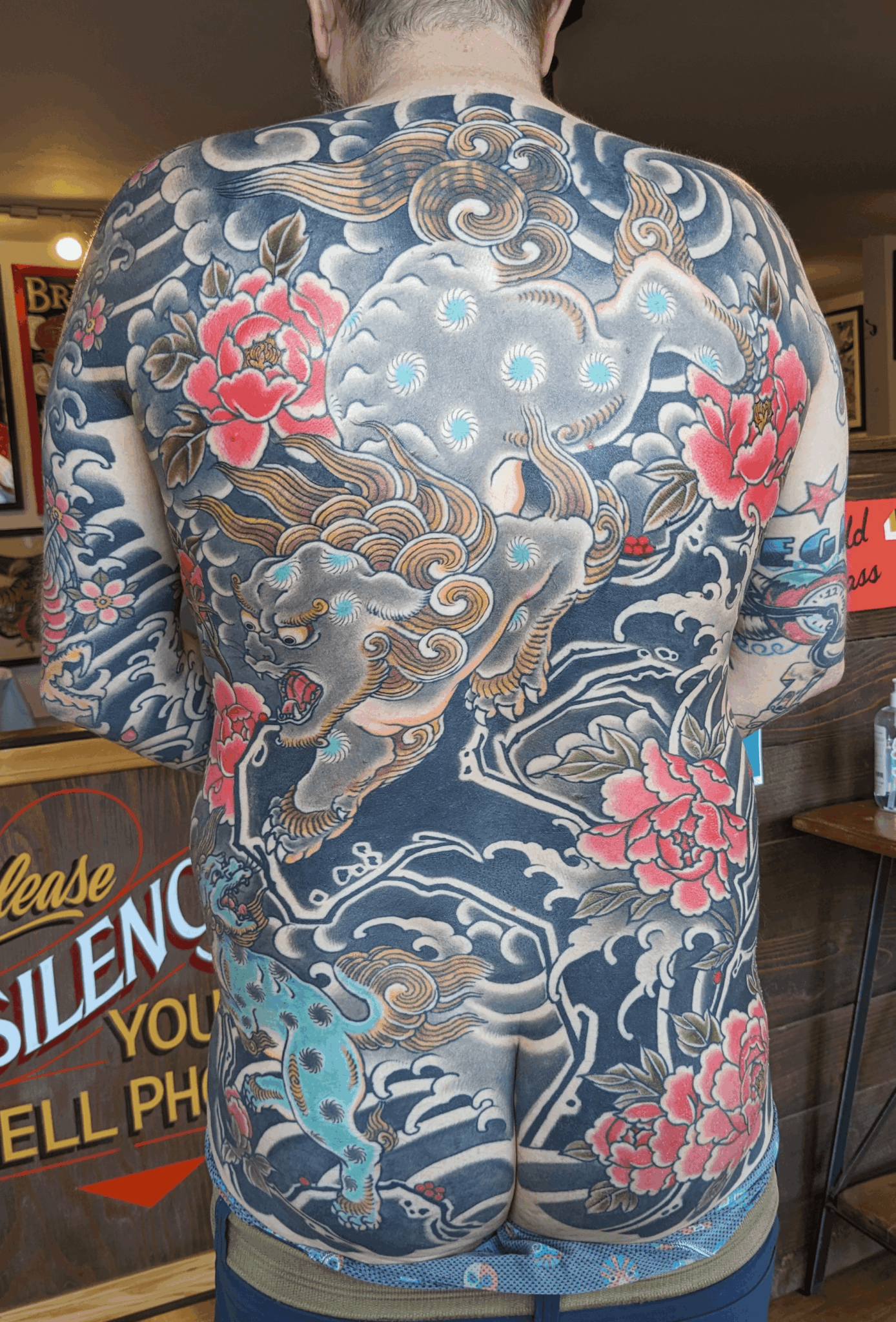
What’s a lesson you had to unlearn and what’s the backstory?
For years, I believed that growth in art came from confidence—being sure of yourself while creating, because any hesitation would show in the work. I thought the right approach was to create with conviction, then step back afterward to critique and find ways to improve.
But over time, I’ve realized that the art I love the most happens when I completely let go. When I’m in a flow state, it feels like I’m watching myself make decisions before I even process them. It’s not about confidence; it’s about trust. A trust fall—but the one catching you is the effort you’ve put into your craft, built up over a lifetime of learning.
Contact Info:
- Website: [email protected]
- Instagram: @bryankachel

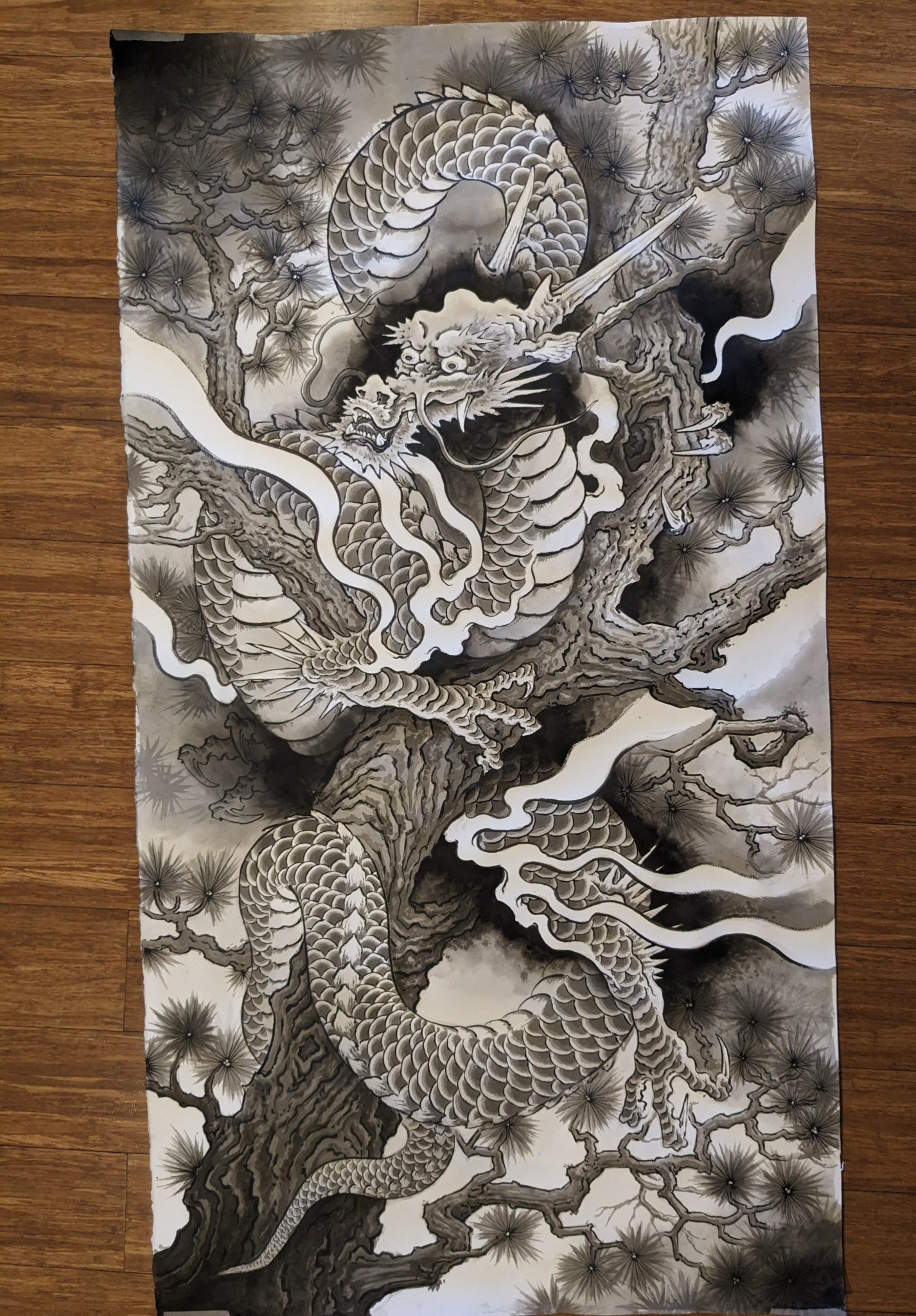
Image Credits
Mike Folden
Francesca Sarpola


